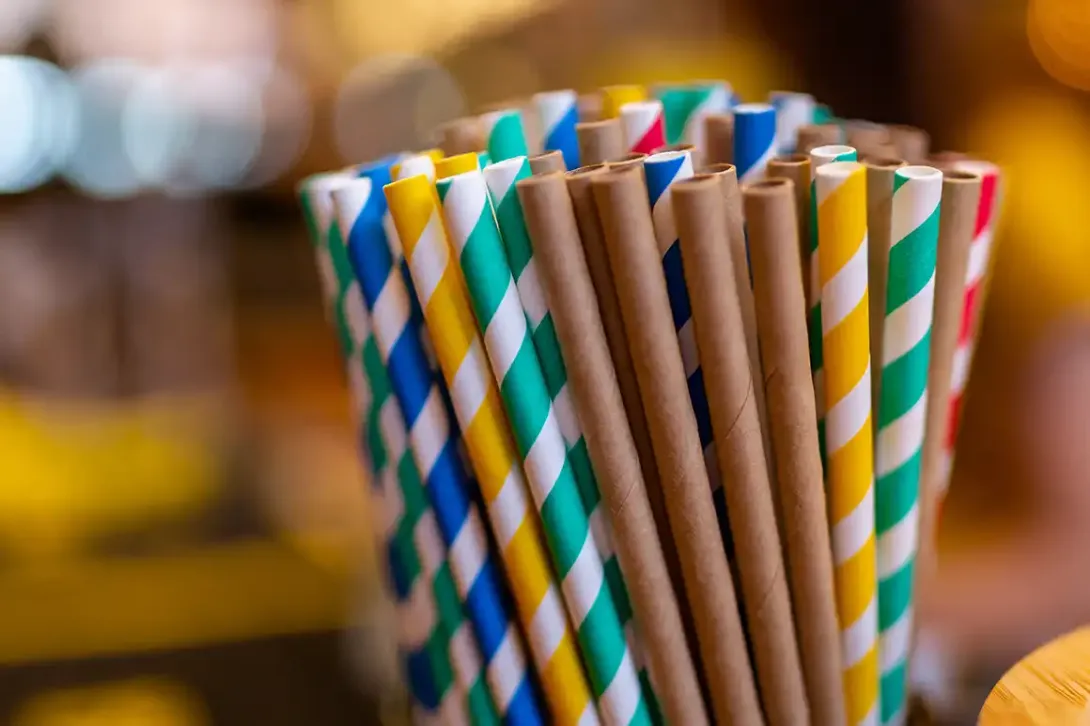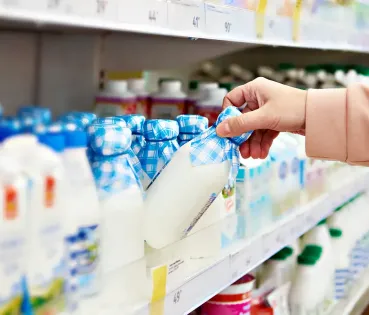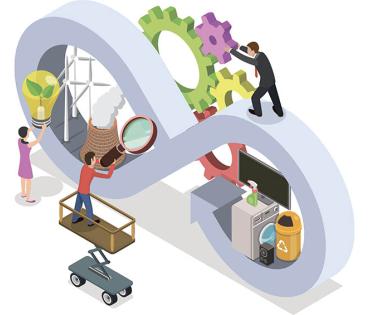
Are paper straws an environmentally friendly alternative?
The switch from plastic straws to paper straws has even managed to change the production policies. Nonetheless, paper may not be the best option from the point of view of health.
Many companies are now choosing to switch some of the materials used in the objects we use every day to avoid creating waste that cannot decompose naturally and quickly in the environment.
This is the case with paper straws and cups, which replace plastic with this biodegradable and environmentally friendly alternative. However, studies published over the last year claim that this option appears to be endangering environmental and human health.
The eternal problem of plastic
The first patent for a straw was filed at the end of the 19th century and it was made of paper. This choice was driven by the need to find a material that would be more resistant when exposed to liquids than straws made from rye stalks, and that same goal led all the companies working with this product to eventually switch to using plastic.
Since the Second World War, plastic production has grown to reach stunning numbers. One billion straws are currently used around the world every day, of which 500 million are used in the United States alone. In Spain those figures are decreasing, although we are still at around thirteen million, i.e. five billion straws a year, according to data from Greenpeace.
The impact of all this production has led to significant changes in the environment, such as, for example, in marine life, with the dumping of containers and other waste that end up in the sea. Furthermore, the danger of plastic, beyond the physical damage that packaging can cause to wildlife, is its chemical composition, which is highly toxic.
In the specific case of straws, the main material is polypropylene, a petroleum-based product which releases toxins when it decomposes. One of these straws can take up to 200 years to decompose completely.
What about the paper straws?
The premise was logical: given the pace of global consumption and, at the same time, the devastating impact of plastic on the planet, a material had to be found that could break down more easily in the environment without leaving toxic residues behind.
One of the global restaurant chains that made the loudest announcements regarding this change of policy was McDonald's, in 2019, when they switched packaging and utensils from plastic to paper. However, shortly afterwards they realised that the paper wasn’t strong enough and they had to increase its thickness - adding an insulating layer that is made of a bioplastic – which again makes this material very difficult to break down.
According to a paper published by researchers at the University of Antwerp, in which they analysed thirty-nine brands of straws made of different materials, paper straws were found to contain the highest levels of substances of the PFAS family, often referred to as forever chemicals, given their ability to persist in the environment.
Viable alternatives to paper straws
Broadly speaking, avoiding disposable products should always be the best option. Although this practice is not yet widespread, awareness of the benefits of reusable products is growing. This is the case with reusable bags, which are the preferred option in Europe.
In the case of straws, some alternative materials, even if they’re not single-use, can lead to problems very similar to those of paper — that is the case with bamboo straws — so the quality of the product must also be taken into account. At the moment, the options that seem to perform best are straw, metal or glass straws.
What if we didn't use straws at all?
It’s clear that the fact a product is sold as environmentally friendly doesn’t guarantee that it meets all the requirements to avoid having a negative impact, in some way or another, on the environment.
Therefore, another option for most consumers is to consider doing away with straws altogether and drinking, as it used to be done, straight from the container.




